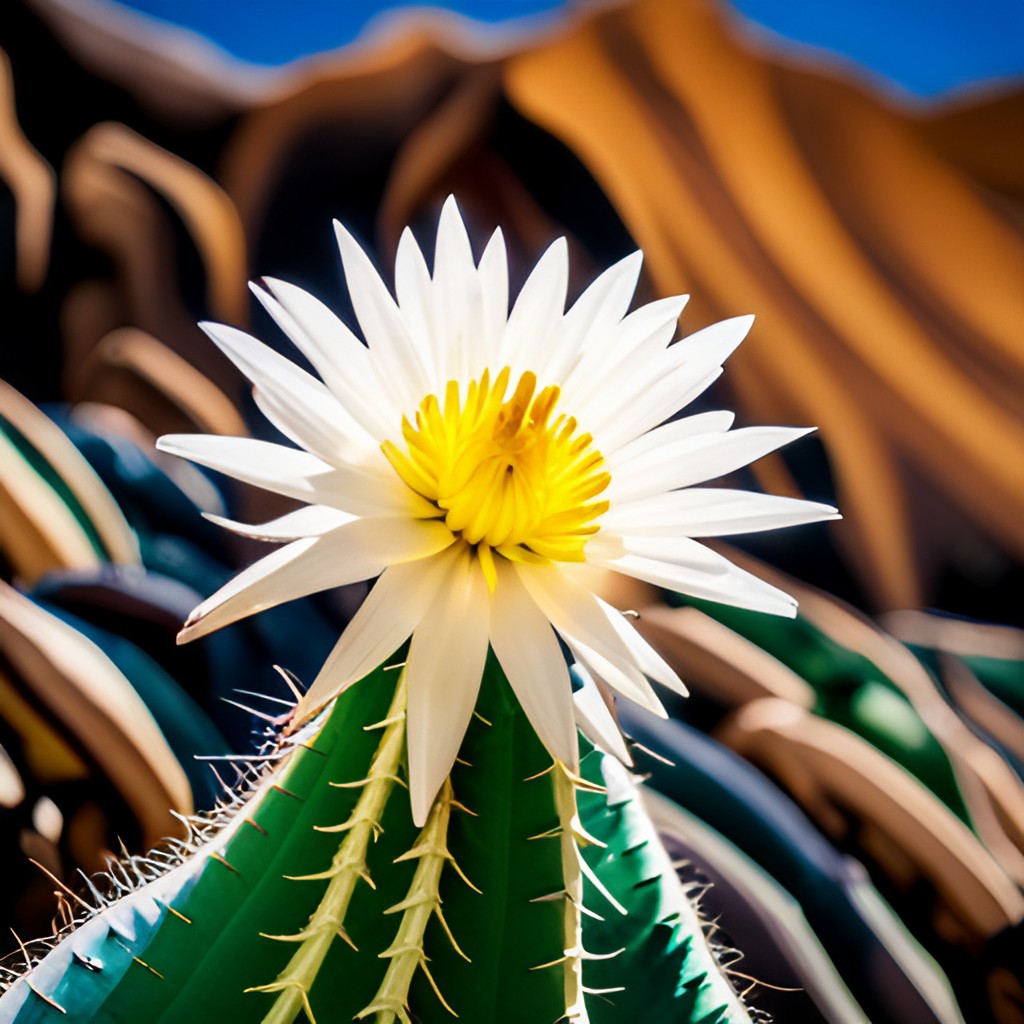San Pedro Sacred Medicine
The Healing Guide to San Pedro
Trichocereus/Echinopsis Pachanoi, Achuma/Huachuma, Aguacolla, Gigantón
I see a lot of clients for Psychedelic / Sacred Plant Medicine Integration prior and post ceremonies. Sometimes clients go overseas to Ecuador, Mexico, Peru, etc. and come back home hoping to understand what really happened in those ceremonies…. it’s a sacred experience for me to help them integrate and regress them back to their sacred journeys of their soul.
So many people who have done San Pedro, don’t know much about it so in this quick blog, I want to share what I have known from research and personal experience about this sacred medicine San Pedro.
Let’s dive in!
San Pedro is a psychedelic cactus that has been used for healing and spiritual exploration for centuries.
Growing in the high altitudes of the Andes and found throughout South America, Canada, and even the USA, San Pedro contains the psychedelic compound mescaline. It’s been a key part of Andean shamanism for generations, offering a mystical and sensory experience that can lead to personal transformation and healing.
Unlike other psychedelics, San Pedro is known for its gentle nature, making it accessible to nearly anyone with proper preparation and intention. However, it’s important to note that some individuals may have emotional triggers associated with the taste, due to past traumas related to food. In these cases, it’s crucial to navigate the journey with care, as deeper healing may be needed beyond the medicine itself.
San Pedro, also known as Huachuma in Peru, Achuma in Bolivia, and Aguacolla in Ecuador, contains mescaline, similar to LSD, MDMA or Psilocybin but way more lightness in the body after the journey. However, most users opt for smaller doses during sacred journeys, unless guided by an experienced shaman or sitter who can provide a safe environment.
Did you know?
One of the things I love about San Pedro is that even if its a difficult journey, there is still a sense of being safe and in control unlike some other psychedelics!
San Pedro is one of the oldest natural plant medicines, with anthropological evidence supporting its use throughout history. Additionally, it’s worth noting that some shamanic practices combine San Pedro with Datura, a plant known for its deep trance-inducing properties.
However, caution must be exercised when choosing a shaman or retreat center, as inexperienced practitioners can lead to negative outcomes. Datura plants can cause mental breakdowns that may take weeks or months for recovery. I know of a case from a family friend in Colombia, where her 16-year-old nephew took Datura for a trance journey with friends 10 years ago and has never recovered.
Remember, plant medicine journeys should always be approached with respect and caution. While they offer incredible potential for growth and healing, it’s essential to ensure proper guidance and safety measures are in place. So, if you’re ready to embark on a sacred journey with San Pedro, make sure you choose your path wisely.
If you ever have done a Deep San Pedro journey, and you have been gifted with the vision of the San Pedro White Flower. I believe that’s when San Pedro Spirit has truly welcomed us into its realm for out of this world teachings and healing.
San Pedro usually produces visual effects, including whirlpools of colored light, flashes in the peripheral vision, kaleidoscopic patterns, and white, ghostlike outlines around people.[8] “Out-of-body” experiences are also common, as is synesthesia (e.g. “feeling” and “smelling” sights and sounds), mild depersonalization, and distortions of spatial awareness.[9][10][8][11][12] At the same time, ordinary things around you can appear more interesting, beautiful, and amazingly mystical—qualities that define the mescaline experience.[13] San Pedro Guide: Experience, Benefits, & Side Effects [2023] (thethirdwave.co)
Quick story: San Pedro’s taste can be a bit bitter and harsh. For people with early food traumas, it can be almost impossible to swallow the thick bitter drink or powder. For example, a client whose uncle emotionally and physically abused her by making her eat even when she was full and sometimes after having vomited, was not able to take the full doses because it triggered those memories from childhood. She ended up vomiting the medicine almost immediately, so her journey was barely a journey, but she understood that there was more to heal about childhood traumas then what she thought. So I guess it did its job?
San Pedro contains a number of psychoactive alkaloids, but the major one is the classic psychedelic mescaline. This substance is found in other hallucinogenic cacti, including peyote and Peruvian Torch (Echinopsis peruviana).
Unlike peyote, San Pedro grows quickly, and is not an endangered species. It is legal to grow for ornamental purposes in most countries but is also illegal to consume in many. So, in the USA lots of people grow it for gardening only.
In the Andes it can grow to over 6k feet! Isn’t that beautiful!?!
I had quite a few clients who after doing some of these journeys with Ketamine, Bufo Alvaris, Kambo, Ayahuasca amongst others have lost their mind and have been on a journey of finding balance for months so it’s not something to play with inexperienced shamans. The integration before, during and after the journeys is key.
The Pharmacology of San Pedro
Although mescaline is probably responsible for most of the psychedelic effects of San Pedro, the other alkaloids have some interesting properties from antibiotic and sedative properties amongst others.
Mescaline binds to many receptors in the brain, but mostly to serotonin receptors. It’s likely that mescaline, just like the other classic psychedelics LSD, psilocybin, and DMT, has most of its psychedelic effects through the 5-HT2A receptor, which is involved in the regulation of mood, vision, sound, and memory.
After ingesting San Pedro, it takes around 15-40 minutes, sometimes up to 2 hours to start feeling the effects, and the whole experience may last around 8-10 hours.
I also noticed that there are waves to the rides of the journey so unlike Ayahuasca when we go in and don’t get out of the journey until it’s done, with San Pedro we have small breaks where we can get some relief before diving deep again to another experience. I like this a lot because it can be less shocking to the body and nervous system.
In my opinion, few experience feelings of nausea and stomach discomfort but it can also send you to discharge fecal matter if you are holding on to a lot of shame, worry, etc.
San Pedro is generally considered safe, although there have been no scientific studies of its physiological safety. San Pedro also affects blood pressure, so it is not safe to mix peyote with any blood pressure medication, sedative, or stimulant, and it’s safest to avoid San Pedro if you have a heart condition.
Since San Pedro also contains a monoamine oxidase inhibitor (MAOI) called tyramine, it may be unsafe to combine San Pedro with MAOI medications, such as some antidepressants.
Up to this moment, I haven’t been able to find scientific studies involving San Pedro Cactus…I’ve taken a few Psychedelic Assisted Therapy Trainings in search of better understanding the research behind these sacred medicines and though there is a lot of talk on Ibogaine, Ayahuasca, Psilocybin and some drugs like MDMA and Ketamine nothing has ever been said about San Pedro or Peyote.
Healing with San Pedro
San Pedro has traditionally been used to treat a wide range of physical ailments, and emotional issues, under the experienced facilitation of a shaman.
Peyote is said to be non-addictive, but I have not been able to find any scientific evidence of whether San Pedro is considered non/addictive. I think caution is key and if you treat the medicine with respect, you wouldn’t want to be tripping every other week. Integration of the journeys can take weeks or months so best to wait before going from one journey to another without clear intention and preparation.
Did you know that San Pedro can bring about a mystical experience?
Despite the lack of evidence, research on other psychedelics has shown that the intensity of this experience is directly linked to the healing benefits.
What exactly is a mystical experience? It’s when you feel a profound realization or awakening, come into contact with some universal truth or entity, and sense a deep connection with everything and a feeling of timelessness.
People who have had mystical experiences often say that it gives them a whole new perspective on life, inspiring them to make positive changes and find new purpose.
Based on personal accounts, it seems that the mystical state induced by San Pedro has incredible potential for healing and transformation.
Potential medical usage according to Wikepedia.com
Mescaline has a wide array of suggested medical usage, including treatment of alcoholism and depression. However, its status as a Schedule I controlled substance in the Convention on Psychotropic Substances limits availability of the drug to researchers. Because of this, very few studies concerning mescaline’s activity and potential therapeutic effects in humans have been conducted since the early 1970s.
Note: Its recommended that to prepare for a San Pedro trip, you should avoid lithium, SSRIs, and those with heart or blood pressure conditions should not take San Pedro.
Did you know that I provide Sacred Plant Medicine Trance Regression and Integration? Schedule a complimentary call today to learn more using my calendar link here.
Sources:
Trichocereus pachanoi: A Mescaline Cactus Used in Folk Healing in Peru
Marlene Dobkin
Economic Botany
Vol. 22, No. 2 (Apr. – Jun., 1968)
, pp. 191-194 (4 pages)
Published By: Springer
Etheonation
https://wayofleaf.com/psychedelics/san-pedro-cactus
The Seeker’s Guide to San Pedro – EntheoNation
Phytotherapy Research | Medicinal Chemistry Journal | Wiley Online Library
#sanpedro #sanpedrocactus #hachuma #achuma #saintpeters #sacredplantmedicine #healing #release #wellness #sacredjourneys #psychedelics #psychedelicintegration



